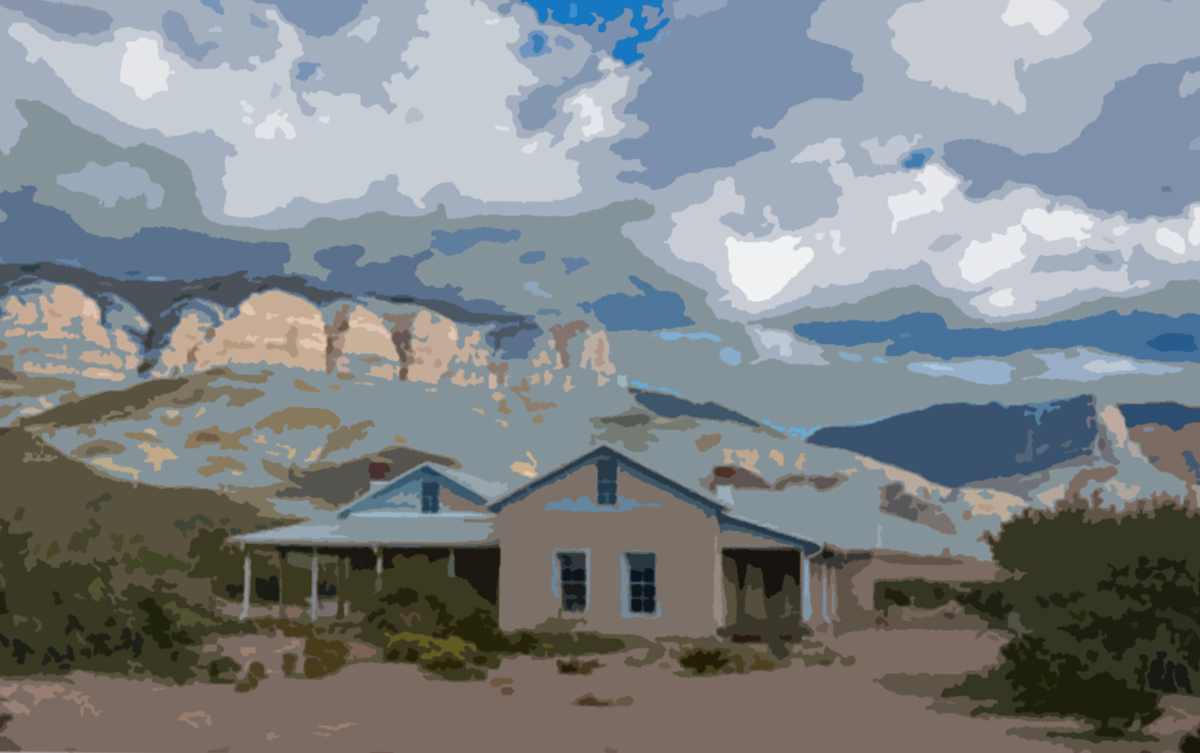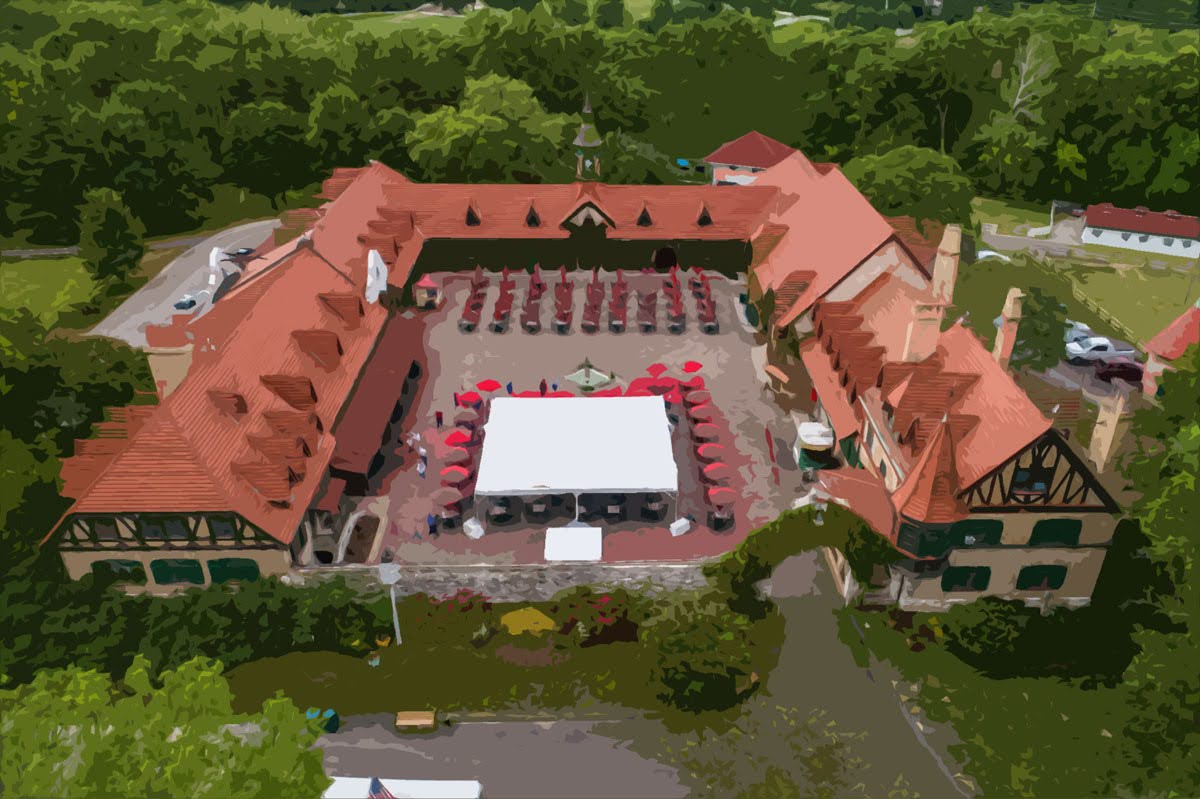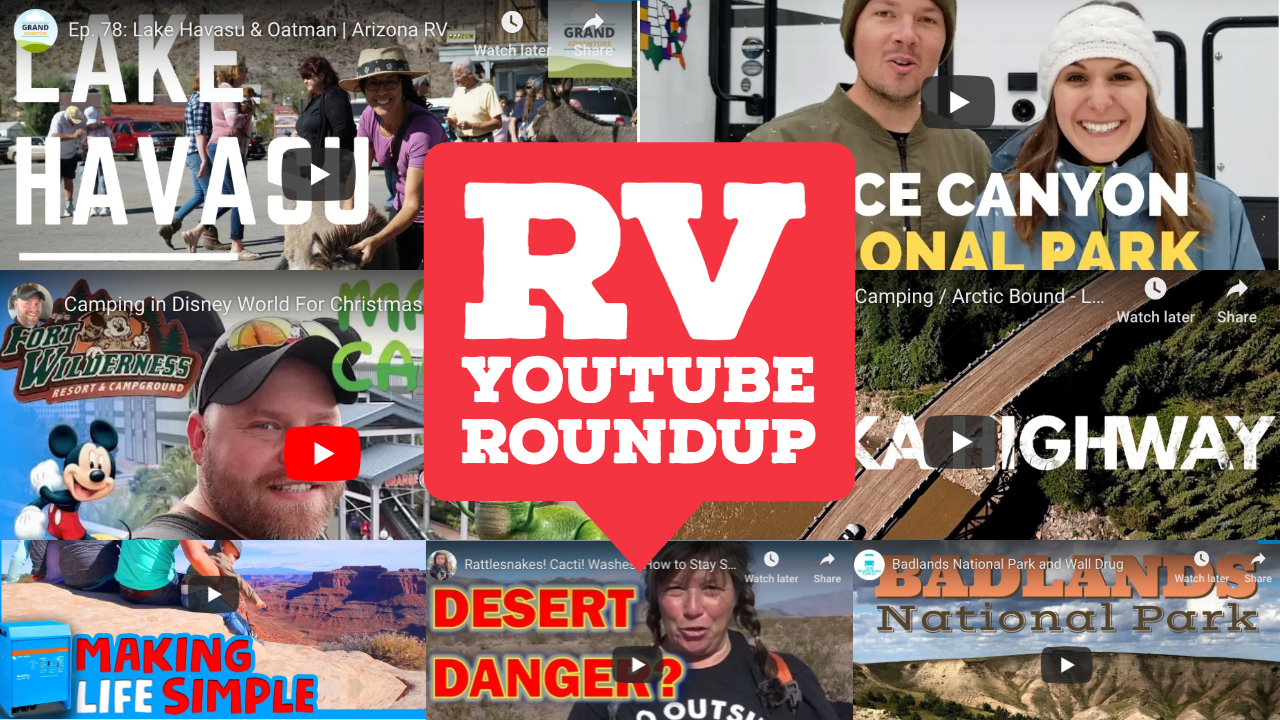This episode of the See America Podcast was written and hosted by Jason Epperson, and narrated by Abigail Trabue.
Listen below:
On the eastern edge of New Mexico’s Sacramento Mountains, a few miles west of the rolling dunes of White Sands National Park sit the remains of two unassuming cabins in a place called Dog Canyon. If you walked by them today, you probably wouldn’t realize they sparked a famous conflict that would have ramifications for years to come.
This week, Oliver Lee State Park, in Alamogordo New Mexico
Introduction:
The western edge of the relatively small Sacramento Mountain range forms a series of dramatic escarpments leading up to a high ridge before they slope gently down to the east. It’s made up almost entirely of limestone. Gypsum deposits washed from the range are a main source of the gypsum sand that makes up the dunes in White Sands National Park.
Long a part of the nomadic Apache territory, Dog canyon winds into the mountains at Alamagordo. One of its first European settlers was a man named Francois-Jean Rochas. Frenchy for short.
The reclusive pioneer arrived in New Mexico in the 1880s. Quiet, stubborn, and unassuming, Frenchy mostly kept to himself. He spoke broken English and seldom went to town. When he did, he was mostly ignored. No one knows for sure why had left his father, mother, brother, two sisters and the peace of the mountains of France. But upon arriving in New Mexico, he built his cabin right along an Apache road leading into Dog Canyon.
The Apache were famously unfriendly to white settlers, and he was warned time and time again about moving into the area. But Frenchy would only laugh and say, “I don’t hurt nobody and nobody hurts me.”
He built 2 and 3-wall stone corrals for his livestock, using the steep slope of the canyon to complete the enclosure. He raised cattle and tended an orchard and vineyard.
Just after Frenchy arrived in Dog Canyon, he gained his first neighbor.
Oliver Milton Lee was born near Abilene, Texas, in 1865 and came to New Mexico at the age of 18 with his half brother, Perry Altman. Altman and Lee were horsemen, and the territory’s wide-open range that could be settled for free enticed them to set up a horse trade.
Oliver founded the Dog Canyon Ranch, where he struck up a friendship with Frenchy. The two built an irrigation system to carry water to the ranch house and pastures and managed the land together. But competition was brewing.
In 1886, Frenchy suspected that a man named Morrison, who had been working for him, was stealing, so he went to the sheriff, swore out a warrant, and had him arrested. Without proof, Morrison was set free and made his way back to Dog Canyon. With a gun. Waiting for Frenchy to exit his cabin. When Frenchy emerged after breakfast, he shot him in the gut. And then the arm.
Frenchy crawled back into his cabin, and Morrisson waited for a while summoning the courage to break in and finish the deed. He broke down the door to find Frenchy standing, grasping his wounds with one arm, with a gun drawn in the other. Frenchy shot Morrison, who bolted and was eventually arrested.
With 500 head of cattle, Frenchy was doing well for himself, and often chased off thieves and others who attempted to encroach on his land. But Frenchy hadn’t staked out a claim on his land and he really had no legal right to it.
The free land of the west was often highly contested, especially as large swaths of it were needed for grazing. Water was scarce, and Dog Canyon had it.
Frenchy spent the Christmas of 1884 alone. The next day, three cowboys rode up to his hut and called him out. He knew what was happening, but calmly opened the door, rifle in hand. One of the men pulled out his revolver and fired three quick shots. They rode away, and Frenchy crawled back to his bed and laid down to die.
A jury ruled the death a suicide, but it was clearly murder. Some believe that Oliver Lee wanted to have sole ownership of the land and either killed him or had his ranch hands do it. But no one was ever charged with a crime.
But that wasn’t the last time Oliver Lee’s would allegedely be involved in another murder, only this one would create a new county in New Mexico.
Creation of a New New Mexico County:
Over the years, Oliver Lee was embroiled in many land disputes and was often accused of cattle and land theft. Two years after Frenchy’s death, a local Judge, rancher, and rival of Lee named A.J. Fountain disappeared, along with his young son Henry.
While they were en route from Lincoln to Las Cruces by wagon, Fountain had seen riders trailing him. When he tried to approach them, they rode away. They came across a mailman, and told him what had happened. The mailman suggested that they could all three ride to a nearby ranch for the night and then head to Las Cruces together the next day, but Fountain declined and rode off on his own. The empty buckboard was found, but neither Judge Fountain nor the boy were ever seen again.
Colonel Fountain had previously gone to the Lincoln County court and obtained 32 indictments against 23 ranchers for theft of livestock or defacement of brands. Oliver Lee, Jim Gililland and William McNew were among the accused. This caused them to be suspects in the disappearance and presumed murder of the Fountains.
Sheriff Pat Garrett, the famous lawman who killed Billy the Kid, charged Lee with the crime. Lee and Gilliland ran, and they were pursued by Sheriff Garrett and his posse. They met all met up near Alamogordo at Wildy Well, where a gunbattle broke out. Deputy Sheriff Kurt Kearney was killed.
Lee later testified that Kearney and Garrett shot at them while they were sleeping on the roof of the house at Wildy Well. He claimed they weren’t given the option to surrender, so they returned fire. After Kearney was shot, Sheriff Garrett negotiated a truce and retreated with the mortally wounded deputy.
It was almost three years before the matter was settled in court. Lee believed that if he surrendered to Garrett he would never make it to trial. His friend, Albert Fall, and other Democrats offered to honor Otero, the Republican Governor, with the creation of a county named after him. The boundary of this new county would put the location, and the jurisdiction of the Fountain case, in the new county. The only thing the Democrats wanted in exchange was that the sheriff of the new county would be their choice. Once the county was established and Lee’s friend, George Curry was appointed sheriff, Lee promptly surrendered. Albert Fall and others defended Lee, McNew, and Gilliland, who were charged with and tried in Hillsboro, New Mexico, for the crime of killing Henry Fountain. No one was ever charged with the murder of Albert Fountain. Charges against McNew were dismissed, while Lee and Gililland were acquitted.
Oliver Lee later held office in the New Mexico Senate and continued operating his ranches until his own death from a stroke in1941. He has several descendants still living and ranching in New Mexico.
Visiting Oliver Lee State Park:
Today, New Mexico’s Oliver Lee State Park sits at the entrance to Dog Canyon, you can camp, and hike up the historic trail that climbs the canyon wall – a spot that Apaches relished to use for ambushes. You can see the remnants of Frenchy’s stone cabin and stockyards and the surprisingly well-maintained Oliver Lee home.
Outside the home, you can also see the remnants of old film set pieces that were built back when the ranch was used to shoot westerns. You have to sign up for a tour at the visitor center in order to visit Oliver Lee’s home, and you’ll take a short drive down a gravel road to the home, where a very thorough tour guide will tell you the history of Oliver Lee, the ranch wars, and the larger Alamagordo area, which is a nice visit, too.
There’s White Sands National Park, of course, and you can take a drive up into the mountain town of Cloudcroft for stunning views, great food, and wilderness hikes.
Connect and Subscribe:
To learn more about the RV Miles Network, including the RV Miles and America’s National Parks Podcasts, visit RVMiles.com.
You can hear this story and more on the See America Podcast. Available on Apple Podcasts or wherever you listen to podcasts.
Want to chat about great travel destinations all across the US? Join the See America Facebook Group and don’t forget to follow See America on Instagram, Facebook, and YouTube.

See America is sponsored by Roadtrippers. America’s #1 trip planning app. Enjoy 20% off your first year of Roadtrippers PLUS with the code RVMILES2X.







